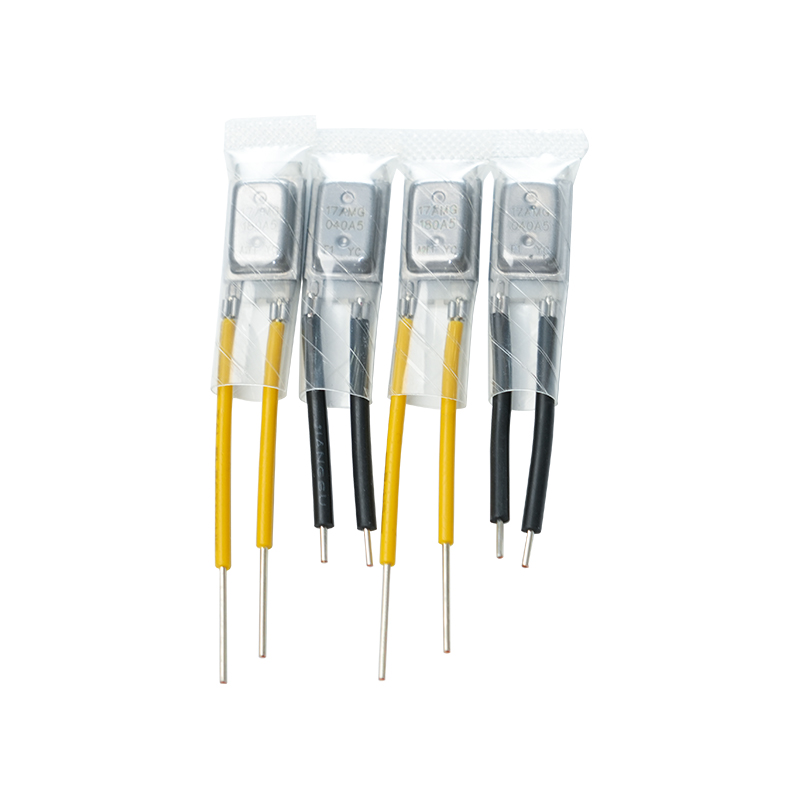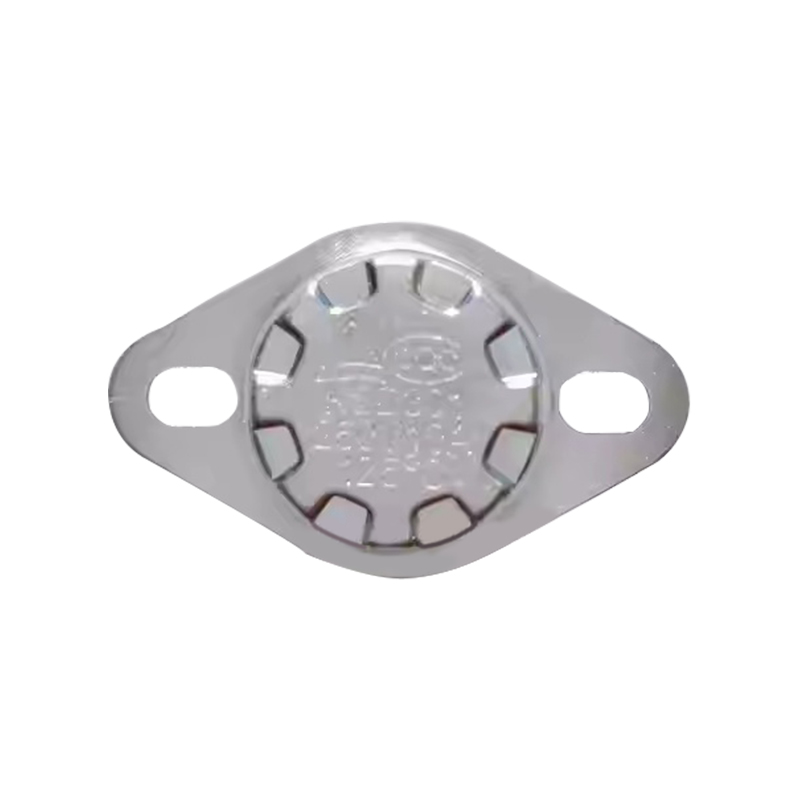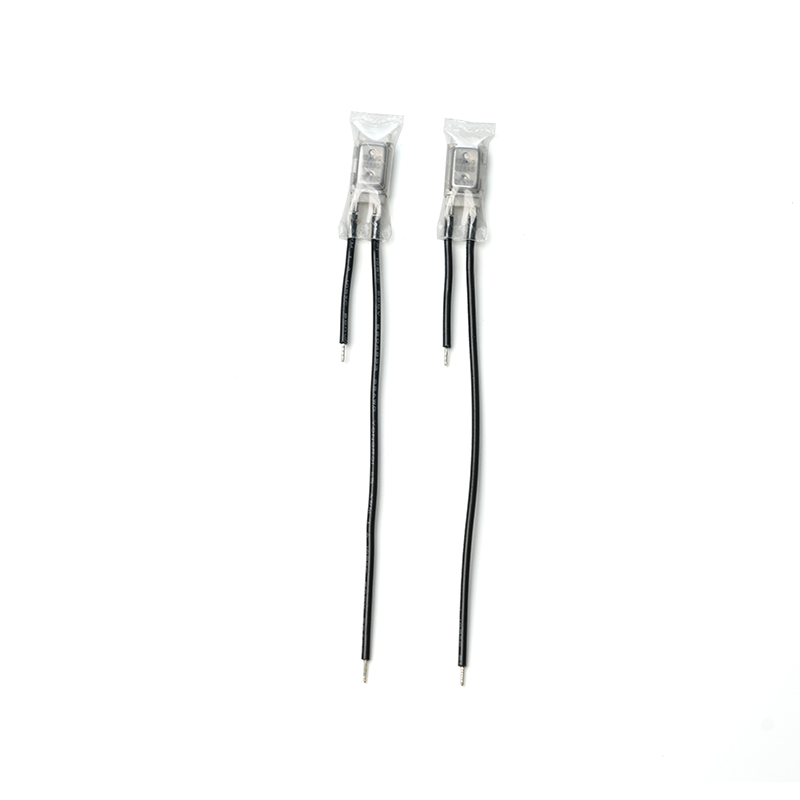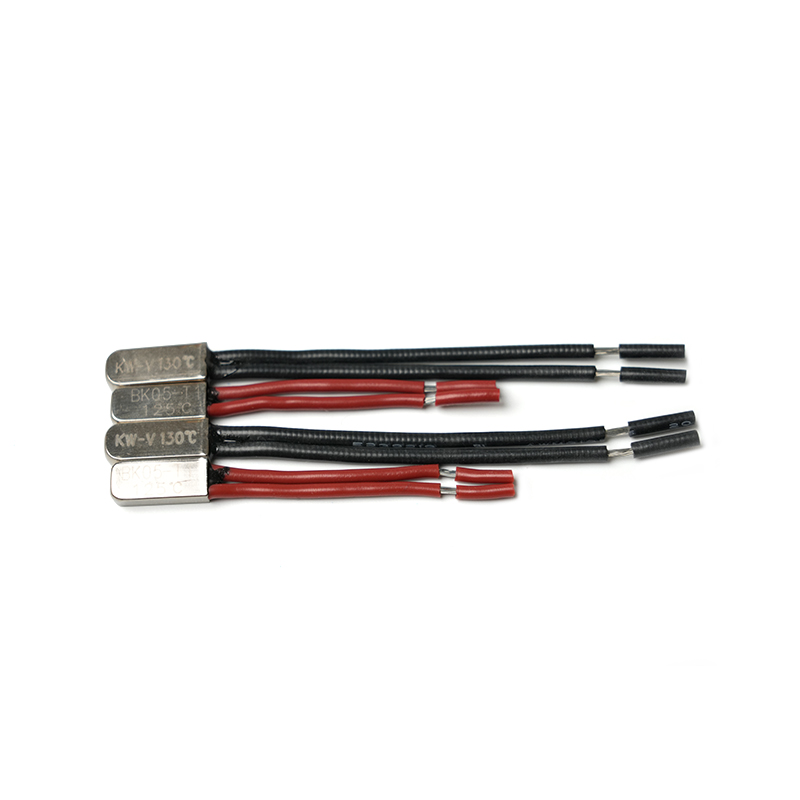Is a Motor Thermal Protector the Unsung Hero of Electrical Safety and Efficiency?

In the world of electrical motors, ensuring safety and efficiency is paramount. A motor thermal protector plays a critical role in safeguarding motors from overheating—a common cause of motor failure and potential fire hazards. But is a motor thermal protector truly the unsung hero of electrical safety and efficiency? Let’s explore its defining characteristics and contributions to answer this question.
Preventing Overheating for Enhanced Safety
One of the most significant advantages of a motor thermal protector is its ability to prevent overheating, which can lead to catastrophic failures or dangerous situations. Motors are often subjected to high loads, fluctuating voltages, or poor ventilation, all of which can cause excessive heat buildup. A thermal protector acts as a failsafe mechanism, interrupting the current flow when the motor temperature exceeds safe operating limits.
For example, in household appliances like washing machines, refrigerators, and air conditioners, motors are constantly working under varying conditions. Without proper protection, these motors could overheat, causing malfunctions or even fires. A thermal protector ensures that the motor shuts down temporarily when it gets too hot, allowing it to cool before resuming operation. This not only protects the appliance but also prevents costly repairs or replacements.
The versatility of motor thermal protectors extends to industrial applications as well. In manufacturing plants, where motors power conveyor belts, pumps, and machinery, overheating can disrupt production lines and lead to significant downtime. By integrating thermal protectors into these systems, businesses can avoid unplanned outages, reduce maintenance costs, and ensure worker safety. Additionally, in hazardous environments such as oil refineries or chemical plants, thermal protectors play a crucial role in preventing explosions caused by overheated equipment.
Moreover, advancements in thermal protector technology have expanded their capabilities. Modern designs incorporate features like adjustable temperature thresholds, rapid response times, and self-resetting mechanisms, ensuring consistent performance across a wide range of applications. These innovations make thermal protectors an indispensable tool in both residential and industrial settings.

Boosting Energy Efficiency and Longevity
Another standout feature of motor thermal protectors is their ability to boost energy efficiency and extend the lifespan of motors. By preventing overheating, these devices reduce wear and tear on motor components, such as windings, bearings, and insulation. This not only improves the motor's overall efficiency but also minimizes energy losses due to friction or electrical resistance.
For instance, in HVAC systems, motors equipped with thermal protectors operate more efficiently, consuming less electricity while maintaining optimal performance. This translates into lower utility bills for homeowners and reduced operational costs for commercial buildings. Similarly, in electric vehicles (EVs), where motor efficiency directly impacts battery life and driving range, thermal protectors ensure that motors run smoothly without unnecessary energy drain.
The longevity of motors is further enhanced by thermal protectors. By shutting down the motor during overheating events, these devices prevent irreversible damage to sensitive components, extending the motor's service life. This is particularly valuable in industries where replacing motors can be expensive and time-consuming. For example, in water treatment facilities, large pumps powered by motors must operate continuously for years. Thermal protectors help maintain their reliability, reducing the need for frequent replacements and minimizing environmental impact.
Furthermore, motor thermal protectors support sustainability goals by aligning with global efforts to reduce energy consumption and carbon emissions. Their ability to optimize motor performance ensures that fewer resources are wasted, contributing to a greener future. This makes them an attractive choice for businesses and consumers seeking eco-friendly solutions.
Addressing Challenges and Future Innovations
Despite their many advantages, motor thermal protectors face certain challenges. For example, improper installation or calibration can lead to false trips or inadequate protection. However, ongoing research is addressing this issue by developing smarter thermal protectors with embedded sensors and IoT connectivity. These innovations enable real-time monitoring of motor temperature and performance, allowing operators to detect issues before they escalate into costly failures.
Looking ahead, advancements in materials and miniaturization promise to revolutionize motor thermal protectors. Compact designs with higher thermal sensitivity and faster response times will make them suitable for smaller motors used in drones, robotics, and consumer electronics. Such advancements will undoubtedly solidify thermal protectors’ position as leaders in electrical safety and efficiency.
 English
English







